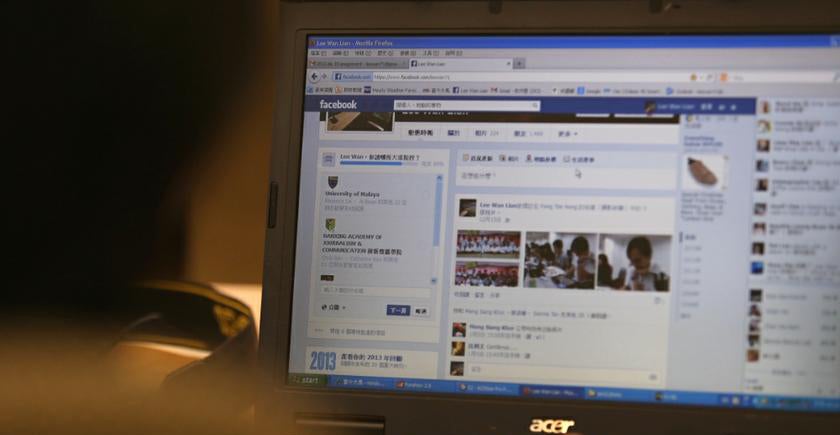In case you haven’t heard, there’s a lot of discussion surrounding ‘fake news’ right now, thanks to the government drafting up a law that will be used to curb fake news. Did you know that according to a 2016 Reuters Report, 69% of Malaysians get their news from social media? With access to it being widely available, it also makes it easier for this type of news to actually spread.
However, it’s actually pretty easy to spot fake news. Here’s a couple of things you can identify before you start spreading them around…
1. The source of the news
There’s a lot of channels that people use to consume their news nowadays, so when you’re unsure if a certain news is real or not, double check if proper or large credible portals have covered it.
It’s normal to not know of every news site and source out there. So, if you want to make sure that it’s a proper legitimate website, you can always check the company details of the site. If it’s not easily accessible that should be your first warning sign.
Whatsapp is also another popular way more people are spreading ‘fake news’. Most recently, there was the fake ‘salmonella’ news that was going around and I couldn’t escape it either.
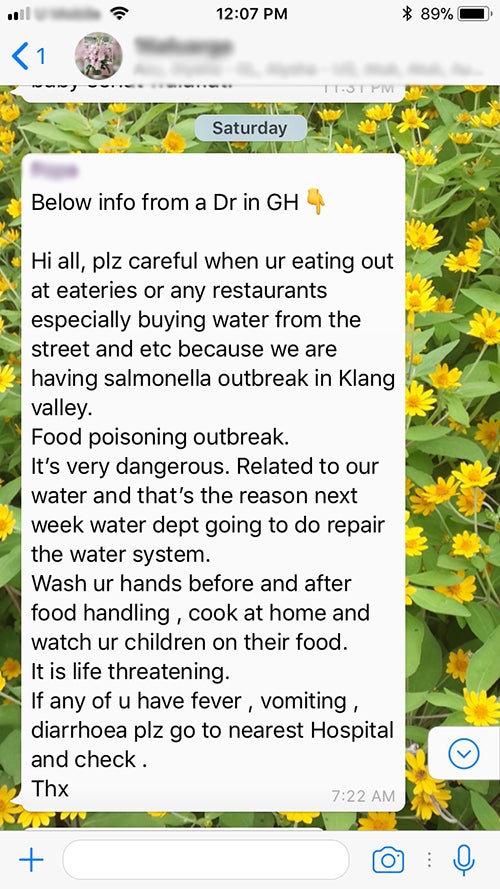
If you take a step back and think about it, how legitimate is this?
It starts off mentioning a doctor in GH but wouldn’t it make more sense for there to be a proper press conference, so that the public can take necessary precautions if this was really the case?
Always double and triple check to make sure that the source of your news has some credibility to it.
2. Is the source independently verifiable?
Using the above Salmonella case, if the information provided actually had the hospital name, the doctor’s name or basically anything that you yourself could check on and verify. Then, there’s a higher chance of the case being legitimate.
However, in this case, it all points to the message being…
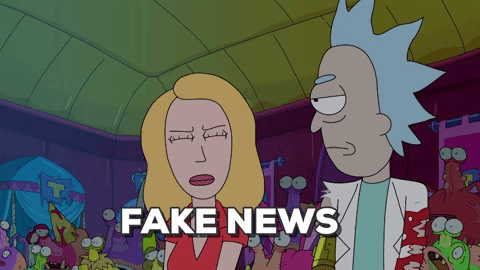
3. How timely is this news?
Sometimes, due to current events, certain news from the past can circulate once again due to people and their own agendas.
There’s been many a time, people would use ACTUAL events and then create a ‘new’ fake piece of info that (of course) becomes very widely circulated.

Source: CNN
As an example, many of us would still remember the tragic case of the missing Malaysia Airlines flight MH370. 2 years ago, about a month before the anniversary of the disappearance, there was fake news spreading that the captain of the flight had reappeared somehow in Taiwan.
As it turned out, the source of the news came from a satirical website and lots of Malaysians actually fell for it. This was definitely a case of someone taking advantage of a situation.
4. Is the information presented actually consistent?
With all the information that we’re receiving, it’s easy to overlook the DETAILS involved in the news. Be sure to keep an eye out for instances where the information presented to you does not tally.
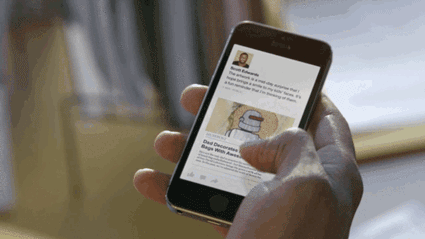
For instance, a story was circulating about a man who finally returns from the army after 3 years to see his 2 month old child.
See the inconsistency there? Of course, this story was later found to originate from a satirical site. So, always be on alert for the finer details like these!
5. Does it seem too outrageous?
Take a look at the headline and first few sentences of a post and you’ll get a better idea of if this news actually sounds too far-fetched. If it does seem that way, it probably is.
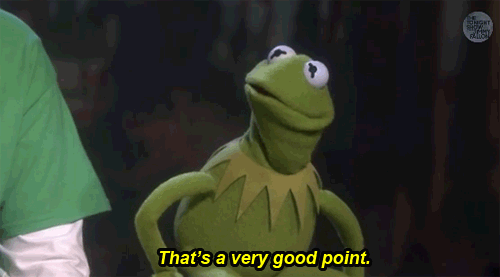
Remember that viral story last year of how a young lady’s breast implants burst open on a dance floor in KL? It was circulating on Facebook and got a lot of attention from people who kept sharing it.
The story has sections with anecdotes but none of the witnesses are actually named. Do you see where I’m going with this?
Resources to help you
To help you out, we’ve put together a list of resources for you:
- Sebenarnya.my – Local website that helps determine if a piece of news is true or false.
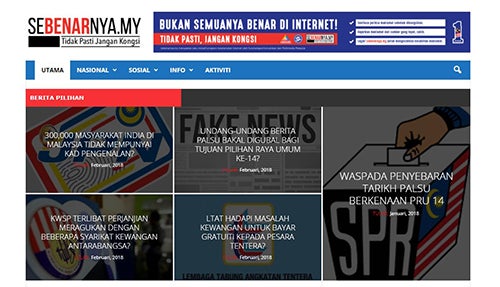
Source: Sebenarnya.my
- Whois Domain Tools – To help you see if a website is just newly created.

Source: Whois.domaintools
- Snopes has a list of different fake news site you can easily refer to. P.s. If you’re wondering about the date inconsistency, it has just been updated recently.
- Use the google reverse image search function – To find the source of a particular picture and see if it’s been altered excessively.
- Check with experts you know personally. Eg. In the case of the salmonella news, check with a family member or relative that is a doctor.
If all else fails and you’re really not sure, just play it safe and don’t share it. With the new fake news law looking like it may become a reality (who really knows?), it’s best to make sure that you don’t end up on the wrong side of it.
Also read: “I Too, Am a Victim of Fake News and Cyberbullying,” Says Rosmah

